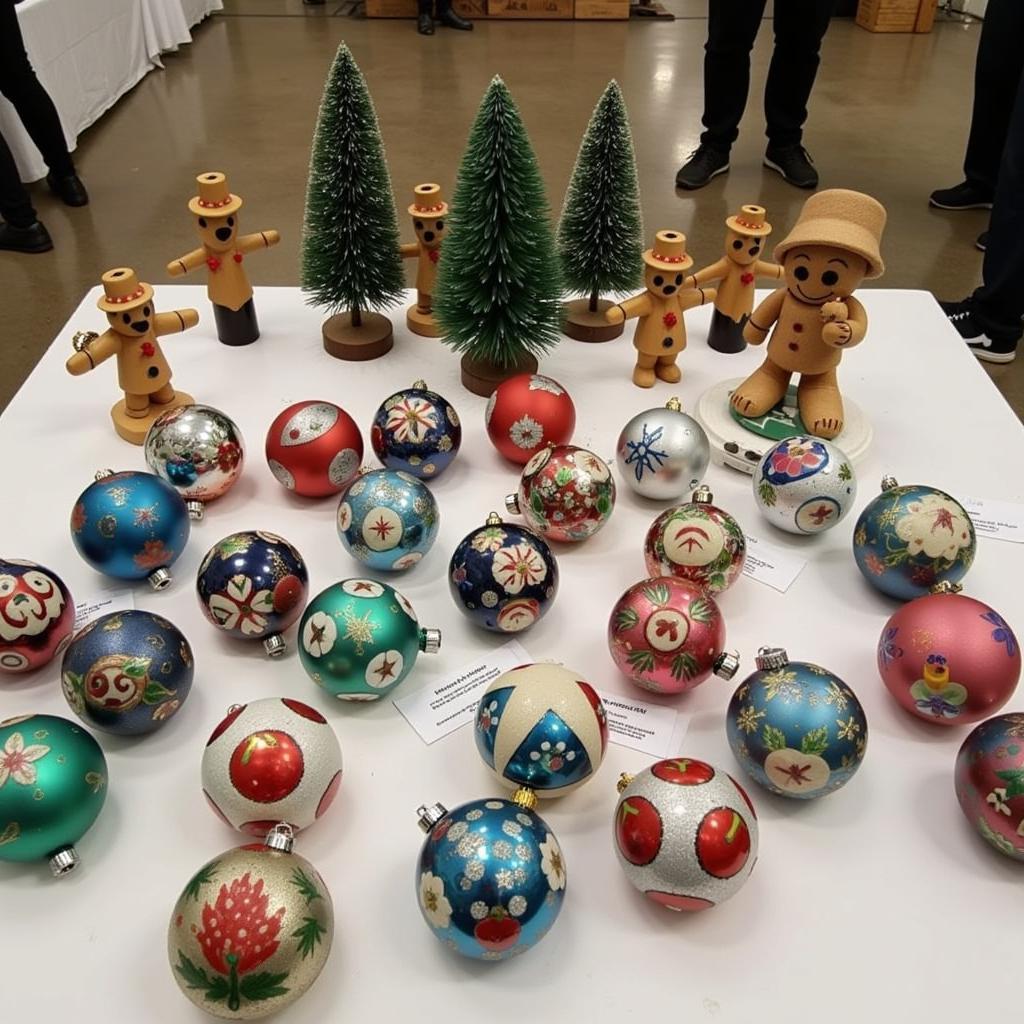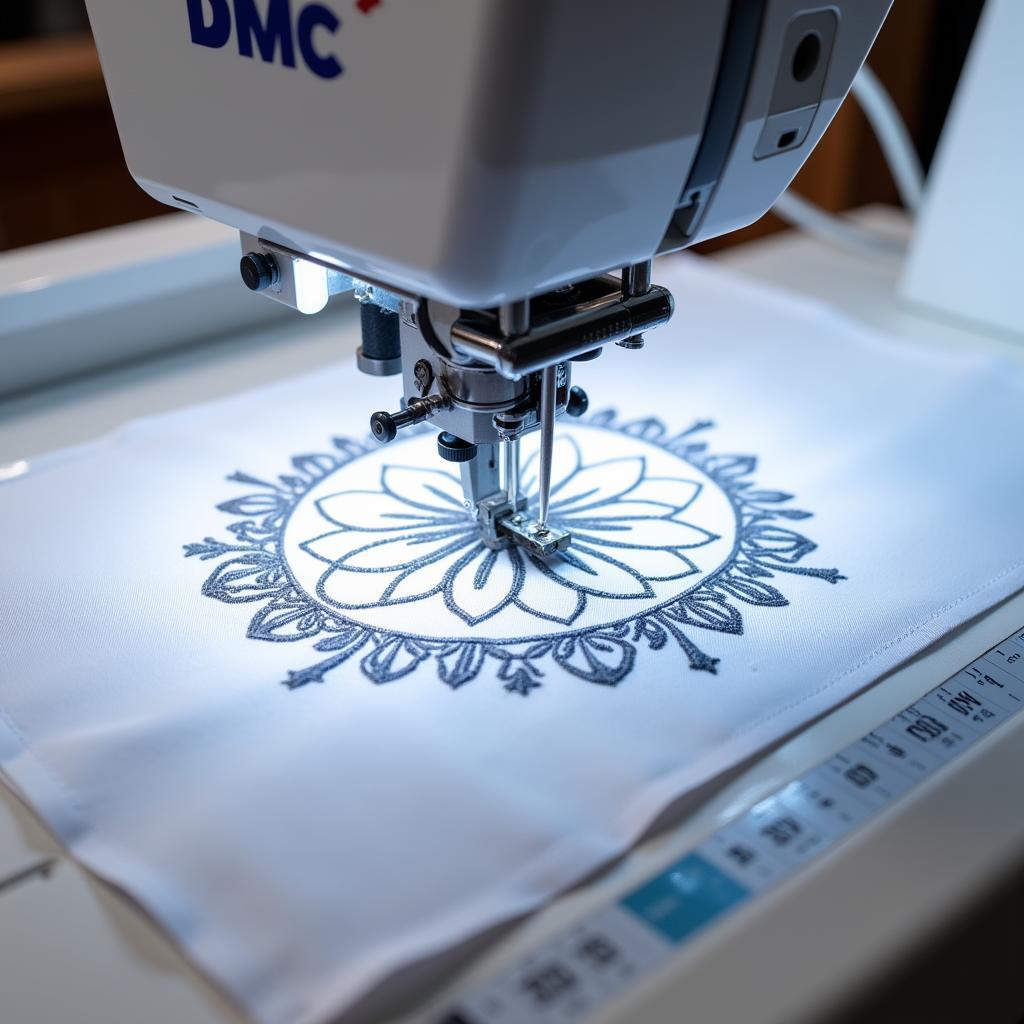Exploring the Beauty of Glass Art Pictures
Glass Art Pictures capture the interplay of light and color in a way few other mediums can. From stained glass windows in ancient cathedrals to modern sculptures displayed in galleries, glass art has a rich history and continues to evolve with new techniques and creative expressions. This article delves into the captivating world of glass art pictures, exploring their history, techniques, and the reasons why they continue to fascinate us.
A Journey Through Time: The Evolution of Glass Art Pictures
The art of glassmaking dates back thousands of years, with evidence suggesting its origins in Mesopotamia and Egypt. Ancient artisans developed techniques to create vessels, beads, and decorative objects from this molten material, laying the groundwork for the artistic possibilities that would follow.
The invention of glassblowing in the 1st century BC marked a turning point. This revolutionary technique allowed for the creation of larger, more complex shapes and thinner, more delicate pieces. Roman glassmakers became renowned for their exquisite blown glass vessels, many of which were adorned with intricate patterns and designs.
 Roman Glass Vessel
Roman Glass Vessel
During the Middle Ages, stained glass windows emerged as a prominent form of glass art, transforming churches and cathedrals into ethereal spaces bathed in vibrant colors. These intricate mosaics of colored glass, held together by lead strips, depicted biblical scenes, saints, and allegorical figures, serving both as decorative elements and visual narratives for the largely illiterate population.
From Traditional Techniques to Modern Masterpieces: The Making of Glass Art Pictures
Creating glass art pictures requires a high level of skill, precision, and a deep understanding of the material. Let’s explore some of the most common techniques:
-
Stained Glass: This traditional technique involves cutting pieces of colored glass and assembling them into a design using lead came. The pieces are then soldered together and often framed in a rigid structure, such as a window or panel.
-
Fusing: Involves layering and melting different colored glass pieces in a kiln to create a single, cohesive piece. The heat fuses the glass layers together, resulting in unique patterns and textures.
-
Blowing: Glassblowing artists gather molten glass on the end of a blowpipe and use a combination of breath control, gravity, and tools to shape the glass into various forms. This technique allows for the creation of hollow vessels, sculptures, and even intricate glass figurines.
-
Casting: This versatile technique involves pouring molten glass into molds to create a wide range of shapes and forms. From small ornaments to large-scale sculptures, casting offers endless possibilities for artistic expression.
Modern glass artists continue to push the boundaries of the medium, experimenting with new techniques, materials, and technologies. From incorporating light and sound into their installations to exploring the interplay of glass with other materials like metal and wood, contemporary glass art pictures are breaking new ground and captivating audiences worldwide.
Why Glass Art Pictures Continue to Captivate Us
Glass art pictures possess a unique allure that has captivated viewers for centuries. Here are some reasons why:
-
The Play of Light and Color: Glass’s translucent nature allows light to pass through it, creating stunning reflections, refractions, and color interactions. The way light dances within a glass artwork adds a dynamic and ethereal quality that is endlessly fascinating.
-
Versatility and Expression: The malleable nature of glass allows artists to experiment with various forms, textures, and colors, making it a highly versatile medium for artistic expression.
-
Craftsmanship and Skill: Creating glass art pictures requires a high level of technical skill and precision. The artistry and craftsmanship involved in transforming molten glass into intricate and delicate works of art are awe-inspiring.
Conclusion
From the stained glass windows of ancient cathedrals to the contemporary glass sculptures displayed in modern galleries, glass art pictures have captivated us for centuries. The unique interplay of light and color, the versatility of the medium, and the sheer skill required to create these works of art ensure that glass art will continue to fascinate and inspire for generations to come. Whether you’re drawn to the traditional techniques or the innovative approaches of contemporary artists, exploring the world of glass art pictures is a journey filled with beauty, wonder, and artistic discovery.



